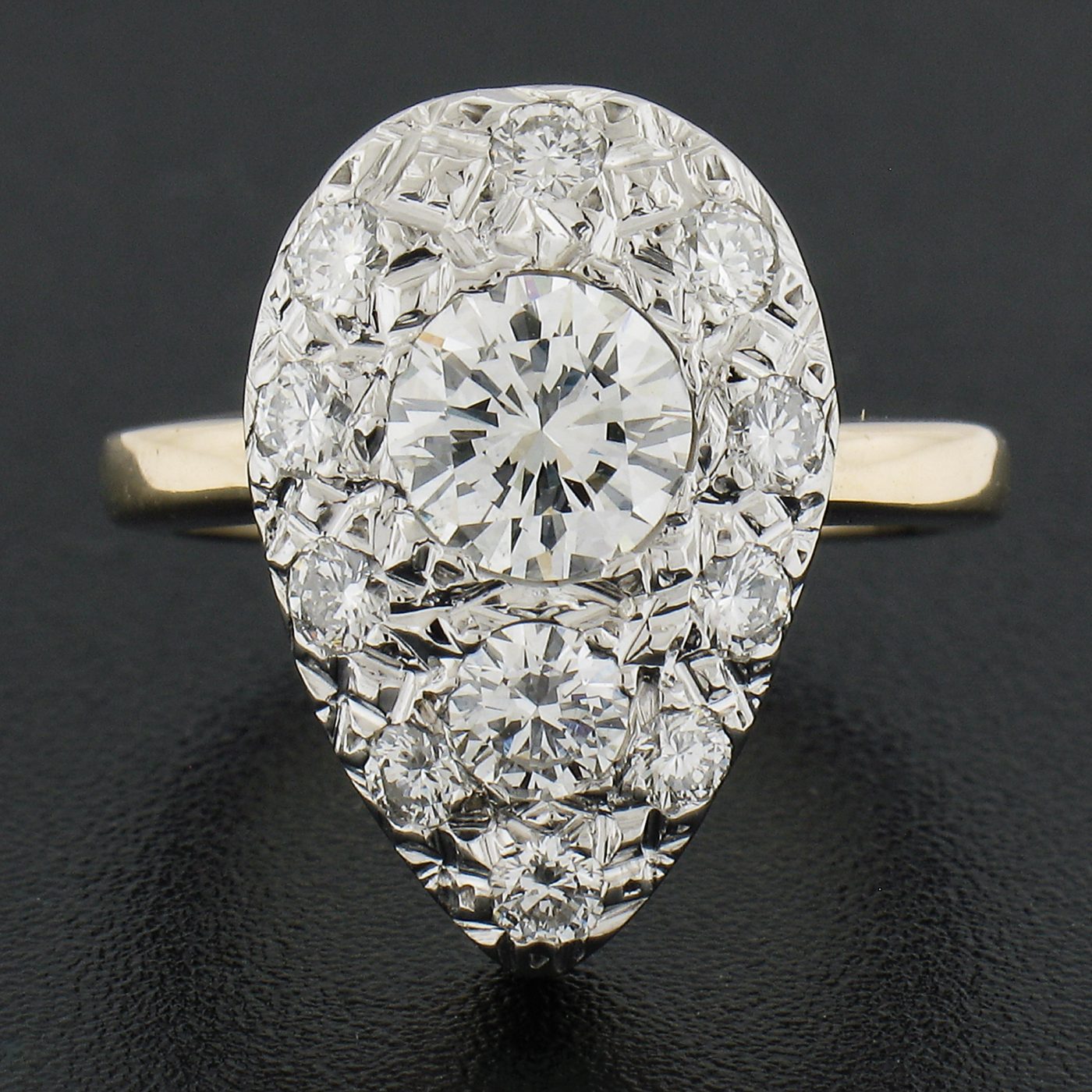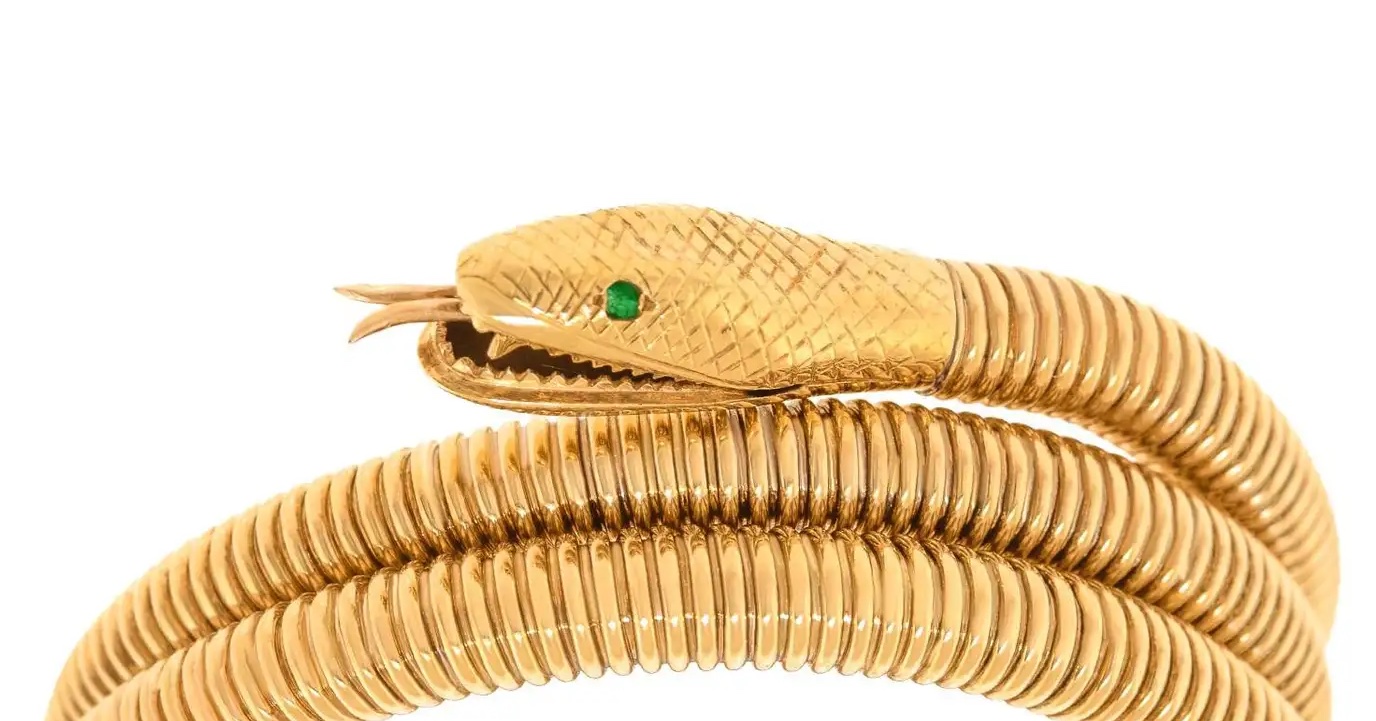November 17, 2024If a handbag is made in the same leather factory as a Prada but isn’t labeled, is it still worth adding to your wardrobe? That’s a matter of opinion — and of one’s priorities when it comes to purchasing decisions.
Similarly, plenty of unsigned, unbranded jewels sold via platforms like 1stDibs offer exceptional quality but without the distinction of a design house signature. In considering vintage and estate options, keep in mind that “many of the workshops and jewelers who produced pieces for Cartier, Boucheron and other renowned houses also created jewels that were unsigned,” says noted author and jewelry historian Beth Bernstein, whose book The Modern Guide to Vintage Jewelry (ACC Art Books) is slated to be published next year.

Although signed pieces generally appreciate more over time, unsigned pieces can be an attractive alternatives, says Bernstein, “if they are characteristic of the period and beautifully made.”
Plenty of collectors, even at the connoisseur level, are intrigued by the idea of acquiring an exceptional piece at a much lower price than you’d pay for one from a design house — especially if it’s a desirable jewel like an Art Deco bracelet made with nearly 30 carats of diamonds.
Beyond the obvious price advantage, there are a few other reasons to consider adding unsigned jewelry to your collection.
Intrinsic Value


The intrinsic value of a piece of jewelry is the market value of the gems and metals used in its creation. It’s an important factor in assessing the fairness of a jewel’s quoted price — especially if you plan to resell it down the road. So, if the central feature of the piece you’re contemplating is an exceptional gemstone, or if it contains nearly 20 carats of diamonds, it will have monetary worth regardless of who made it. Unsigned jewels are a good option for a collector “who loves high-carat pieces that look expensive,” says Boston-based dealer Tiina Smith.
Personality


Collectors who cherish individuality tend to seek out unsigned jewelry because they naturally want what no one else has. They are not interested in pieces that have been mass-produced (even ones that hail from marquee jewelry design houses). Instead, they hope to find visually compelling pieces with a distinctive character, like a colorful Italian necklace from the 1960s, this pink tourmaline bracelet from the 1970s and this sculptural gold cocktail ring. When a jewel is the only one of its kind, it is by definition a unique piece, one that will keep people wondering — and likely admiring its owner’s excellent taste.
Discretion
Unbranded jewelry is not instantly recognizable, as certain brands’ famous designs are. Some aficionados might prefer to wear a magnificent piece produced by an anonymous craftsman in an unknown workshop in Florence or New York (although few of us would be averse to wearing a genuine Love bracelet). “There were a lot of great manufacturers out there that were very talented, but they didn’t want to be in the business of retail,” says Greenwich, Connecticut, jeweler Steven Fox.
In other words, collectors may well discover unbranded jewels whose quality is on par with those of brands like Buccellati and Bulgari. The lack of explicit designer affiliation is especially appealing to those who appreciate “quiet luxury.” For them, certain branded jewels are too-conspicuous markers of wealth and status. Better to be discreet and let the quality and craftsmanship speak for themselves.
Whether you’re motivated by intrinsic value, a need for discretion or a desire to express your individual style, there are some tips to keep in mind when shopping for unsigned and unbranded jewelry.
Work only with a reputable dealer whose expertise you trust. “If I were purchasing pieces that I didn’t have enough knowledge about or from a specific period I wasn’t well versed in, I would do a lot of research on them and then also get recommendations from other dealers I trust,” says Bernstein.
Ask for the gram weight of the metal if it’s not indicated. This is particularly important when you’re shopping online, since you can’t touch and feel the jewel. The weight can actually indicate the era in which the piece was made. A lot of contemporary and replica gold jewelry is electroplated or hollow, for a lighter feel, while authentic vintage jewelry will be made with heavier solid gold or platinum.
Focus on “unsung heroes” rather than copies of an iconic design or period replicas. Ask questions of the seller to verify that, say, an Art Deco ring is genuinely of that era. “There was a specific way they set diamonds in the 1930s, in which they used less metal in the setting,” says Bernstein. “Or in the 1940s, the tank bracelets, for example, often looked heavier than they actually were, and although they were geometric looking, they had a fluidity to them.”
Check for hallmarks. Some product-description pages will note that something is French or Italian. How does the seller know? Country-specific hallmarks — small symbols, numbers or words stamped on the interior or underside of a jewel — can indicate its metal content, origin and/or date of creation. Since hallmarks are often visible only with a loupe, request magnified photos from the seller to view and verify the hallmarks if shopping online.





